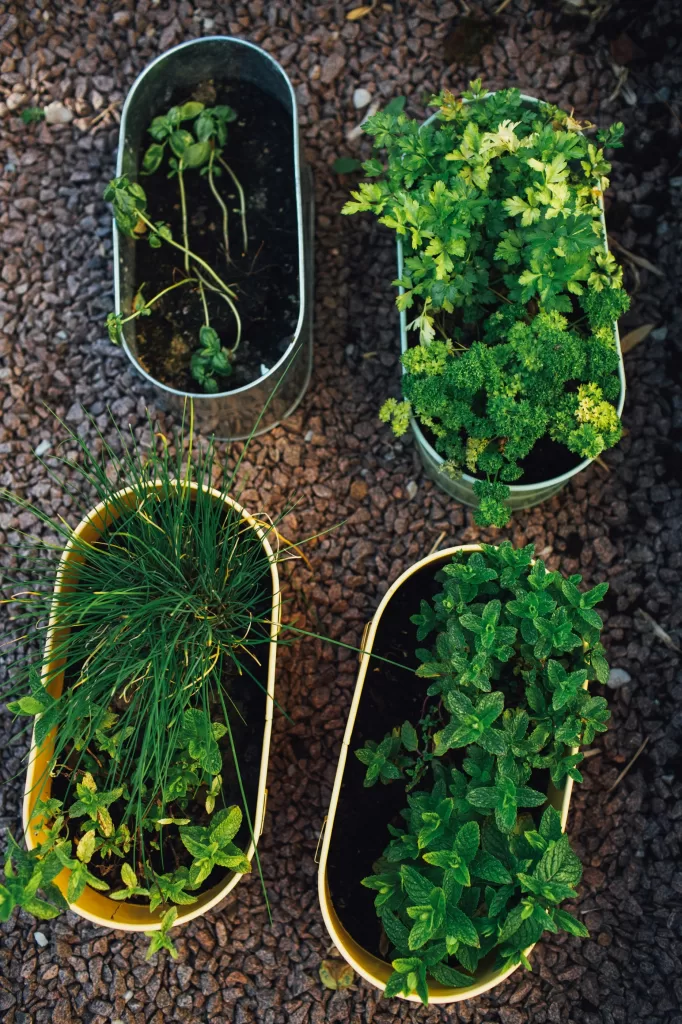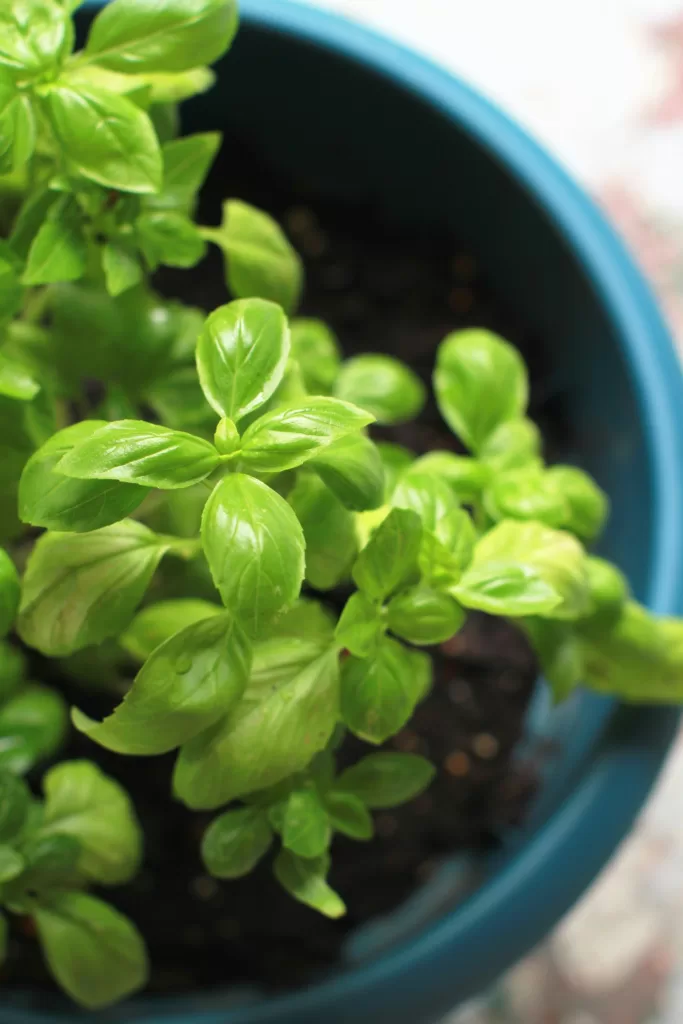10 Perennial Herbs For Hot Summer Climates
Granny Mouse Country House & Spa, with its serene and picturesque
location along the Lions River, is known for its beautiful garden
setting and its fabulous food, offered in the Bistro and superb Eaves
restaurant.
General Manager Sean Granger says that many guests tell them that, on
returning home, they feel inspired by the gourmet offering and to
begin transforming their own gardens.
“Well, we have plenty of suggestions for combining the two”, smiles
Sean. “With these herbs creating beauty and aromas in your garden, you
will want to add those fragrances and flavours to your meals”.

1. Sweet basil does best with morning sun and afternoon shade.
Grow in fertile, well-composted soil that drains well. For lush leaves
water regularly and feed with a liquid feed once a month. Pinch off
the white flower heads to prevent plants going to seed. Purple basil
and cinnamon basil are also delicious in salad.
2. Dill grows 1m high and needs full sun and well-composted soil.
Don’t plant it with fennel or tomatoes. The fresh leaves are more
flavourful than dried. It attracts beneficial insects.
3. Parsley grows best in fertile soil in sun or semi-shade. It
requires consistently moist (but not waterlogged) soil and should be
fertilised once a month as it is a heavy feeder. The tastiest leaves
are produced in the first growing season, so regard it as an annual
and replace every season.
4. Mint is available in a number of flavourful varieties. Plants
spread quickly and grow in sun or semi-shade. They like plenty of
water, but well-drained soil. For bushy, healthy plants cut back
regularly. Check their spread as they can be invasive.
5. Origanum is a low-growing, frost-hardy evergreen herb. It does
well in full sun, in well-composted soil that drains well. For
variety, plant spreading or upright golden origanum and
cream-and-green ‘Country Cream’. All varieties are equally flavourful.
6. Thyme or lemon thyme is a hardy, bushy little perennial that
grows in full sun, in ordinary garden soil. Regular picking keeps
plants bushy and prevents them from getting woody. Also grow French
thyme for culinary use.
7. Rosemary is one of the best heat tolerant herbs and thrives in
hot, dry conditions. It has needle-like leaves and a woody stem. It
can be propagated from seeds or cuttings, and it can grow quite tall
if left to its own devices.
8. Chives are clump-forming perennials that grow to a height of
50cm, with deep green, onion-like leaves and heads of mauve-pink
flowers in summer. Chives grow easily in any soil, in full sun or
partial shade and need regular watering.
9. Rocket is probably the easiest herb to grow from seed.
Kirchhoffs has two types available in seed packets: wild rocket
(Diplotaxis tenuifolia) and garden rocket (Eruca sativa). Both rocket
varieties like rich, well-composted, friable soil and plenty of water.
Sow directly or into containers, in full sun or semi shade.
Wild rocket, with edible yellow flowers, has a stronger flavour than
normal rocket. It can be sown all year round in mild climates and is
slower growing than garden rocket, with a garden height of 20cm.
Garden rocket can grow up to 60cm.It does better as a cool-season crop
because the flavour of the leaves gets stronger as summer progresses
and if it flowers. Rather remove flowering stems.
For a longer harvest, sow a small quantity at a time, and then
succession sow every 2 – 3 weeks. Water regularly and feed weekly.
Harvest constantly and cut down 2 – 3 times during the season.
10. An evergreen, lemongrass is very easy to
grow, needing rich, well-draining soil and a moderate amount of water.
Plant in full sun or morning sun with afternoon shade, and feed at the
beginning of spring for optimal growth. This grass comes from the
tropics and is not cut out for frost. It will most likely die back
over winter but should sprout once again in spring. Plants should be
cut back in spring to encourage new growth. The best news? It’s almost
impossible to kill in the garden!

Lemongrass is seldom affected by pests or diseases, but fungal
diseases can be a problem during long rainy spells. The easiest cure
for this is to cut the leaves right back and dispose of the affected
matter. In the garden, you can use the cut leaves as an
insect-repelling mulch around your ornamentals or other veg. It can be
planted with other herbs, especially lemon balm and thyme or mint, and
also does well when grown alongside lucerne. If you have a steep bank
that needs stabilising, lemongrass could be the answer – it is used
for this exact purpose in Asia.
—





























